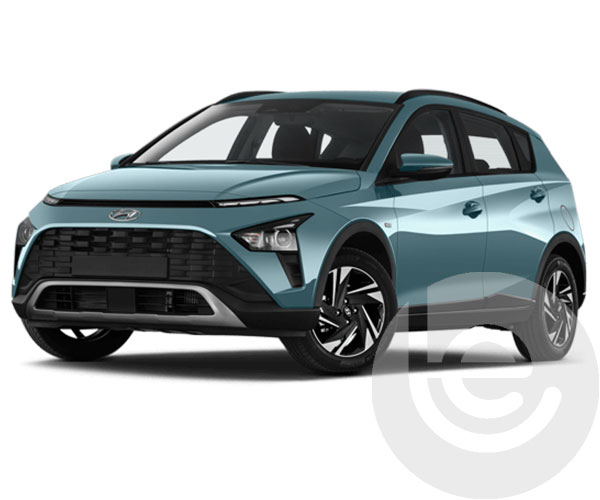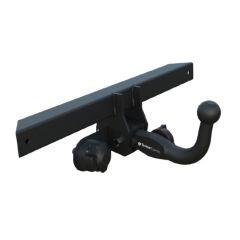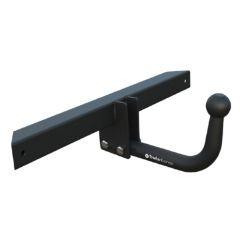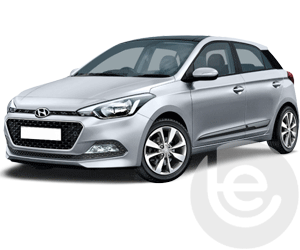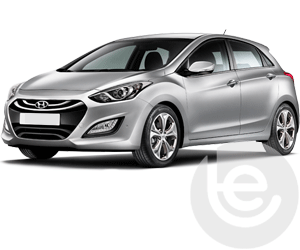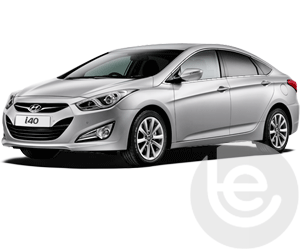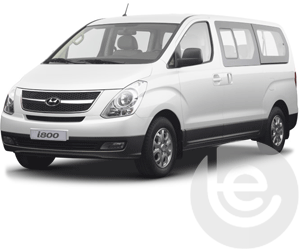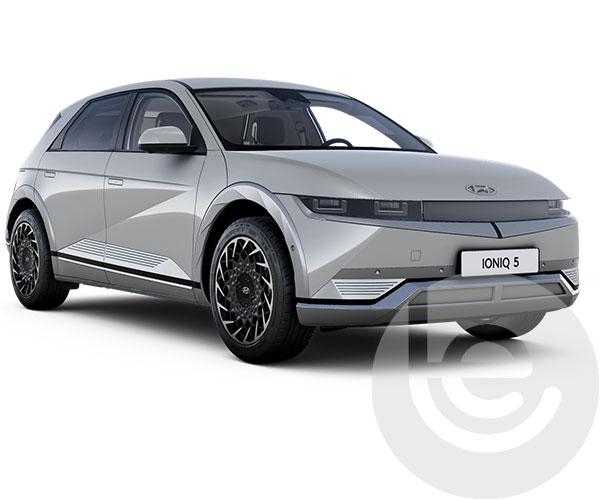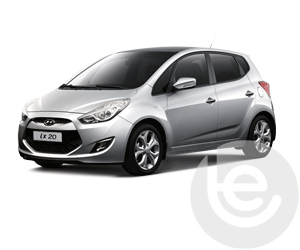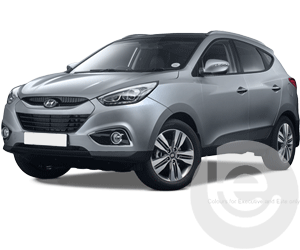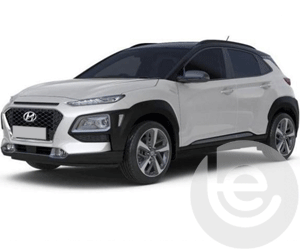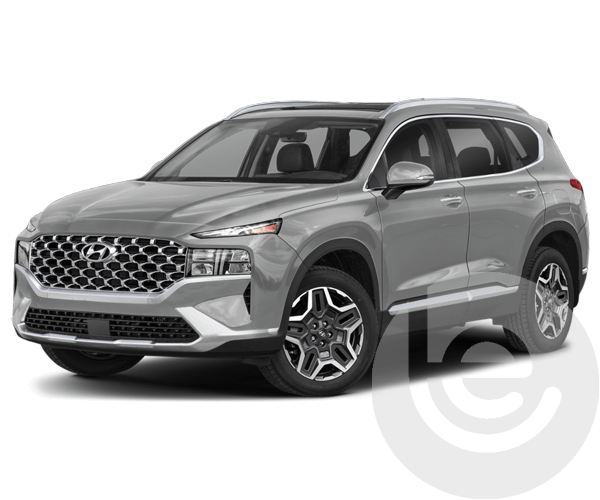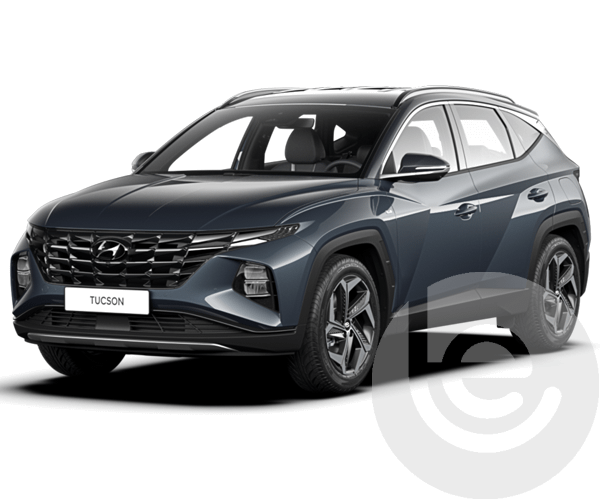More about the Hyundai Bayon
The Hyundai Bayon is refreshing and roomy, with a strong focus on maximising passenger comfort and increasing boot space, the Hyundai designers have designed a well-lit, modern atmosphere inspired by shapes that have been found in nature. The doors have been perfectly sculptured to match the instrument panel section and LED mood lighting that sets a subtle but sophisticated blue accent within the cockpit. The higher seating position not only provides the ultimate comfort it allows the driver to experience optimum visibility throughout the drive.
The Hyundai Bayon shares its safe and robust DNA with its other members of the Hyundai SUV family and its safety features stand out amongst others in its segment. The Hyundai Smart Sense safety features are made up of cutting-edge Advanced Driver Assistance Systems. Some of the safety technology included are Lane Keeping Assist, High Beam Assist and Forward Collision-Avoidance Assist.
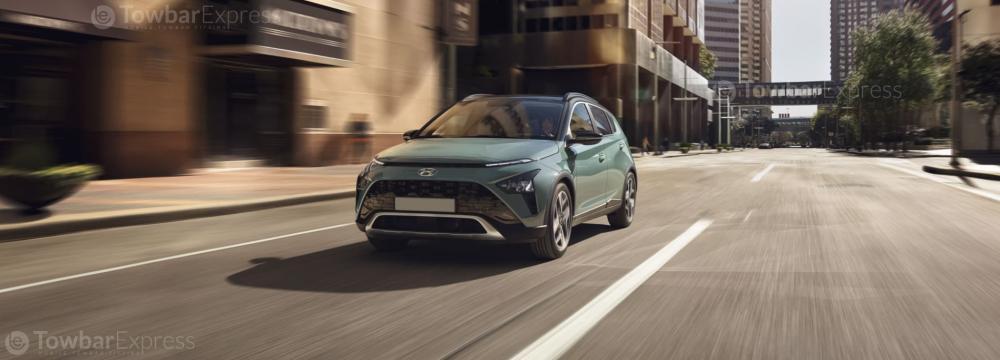
What's my Towing Capacity?
The Hyundai Bayon has an estimated towing capacity of 1,100KG, this amount of capacity will allow the driver to tow anything from a trailer to a small caravan. it is extremely important to know the weight of what you are intending to tow as overloading your towbar can lead to damage to your vehicle or even worse the towbar becoming unhitched and potentially causing a road traffic accident. All the vehicle's towing capacity information can be found on the VIN plate, this is usually located underneath the bonnet or on the passenger door sill. Please click here for more information regarding VIN plates.
Which Towbar is best for my Hyundai Bayon?
There are two styles of towbars available for the Hyundai Bayon, a fixed swan neck towbar and a detachable swan neck towbar. The fixed swan neck towbar is a permanent style of towbar that is unable to be detached after towing. Whereas the detachable swan neck towbar can easily be detached from its housing using a simple twist and push method. Once the towbar neck has been detached the towbar electrics will flip up underneath the bonnet, leaving the Bayon to return to its pre-towbar state.
The thin design on both the fixed and detachable swan neck towbar is popular amongst drivers whose Hyundai Bayon is fitted with rear parking sensors, as the thin towbar neck allows for a larger clearance between where the towbar sits and where the parking sensors are situated meaning that it is a lot less likely for parking sensors to pick up the towbar when the vehicle is in reverse. Both the fixed and detachable swan neck towbars are compatible with clamp-on style cycle carriers, trailers, and caravans, both towbars are also ALKO compatible and therefore can be used with an ALKO style stabiliser without having to fit an ALKO towball to the towbar.
Will it need a bumper cut?
When fitting either the fixed swan neck towbar or the detachable swan neck towbar to the Hyundai Bayon a small invisible bumper cut will be made to the undertray of the vehicle. The small modification will only be noticeable when looking underneath the car. If your Hyundai Bayon has been altered or isn’t fitted with the standard bumper this could lead to a larger bumper cut to be made during the towbar installation. Our informative towbar engineer will discuss any modifications before the fitment begins and will also answer any questions you may have regarding the towbar installation.
How do I book a Towbar Fitment?
We know our customers lead busy lives, which is why our Engineers will come to your home or your place of work. You can choose whether you want your appointment to be in the morning between 8 am and 12 pm or in the afternoon between 12 pm and 6 pm. Our team will fit your Towbar at a time that’s convenient to you. Our towbar fitting service can take as little as one hour and up to four hours, depending on your vehicle.
To get a quote, all you need to do is search for your vehicle below or enter your registration number and postcode above. You can book your date, time, and location online, and we will take care of the rest. We will bring everything needed to complete the job in one appointment. If you order any Cycle Carriers or accessories with your Towbar, the Engineer will also bring those to the appointment.
Why choose Towbar Express?
We're Towbar Express and we're the biggest (and the best) suppliers and fitters of towbars across the UK.
We employ and train all of our fitters directly so you'll never get passed from pillar to post. Our towbar fitters are all trained to a high standard, and training is carried on throughout their employment with us to ensure they understand every aspect of every vehicle. New vehicles are released every year, so we ensure our engineers have the knowledge before completing any job.
We turn up when we say we will and do what we say we'll do! Our reputation wasn't built overnight; we've dedicated over 30 years to becoming experts in our field. We don't pretend to be something we're not. We keep it simple - a great service, delivered by a great team, for you, great people. It's that simple.
Transform your travels, book your fitting and discover more.
We have thousands of Trustpilot and Google reviews from our customers who are happy with our work! Everyday our customers take their time to leave us their feedback and reviews!



